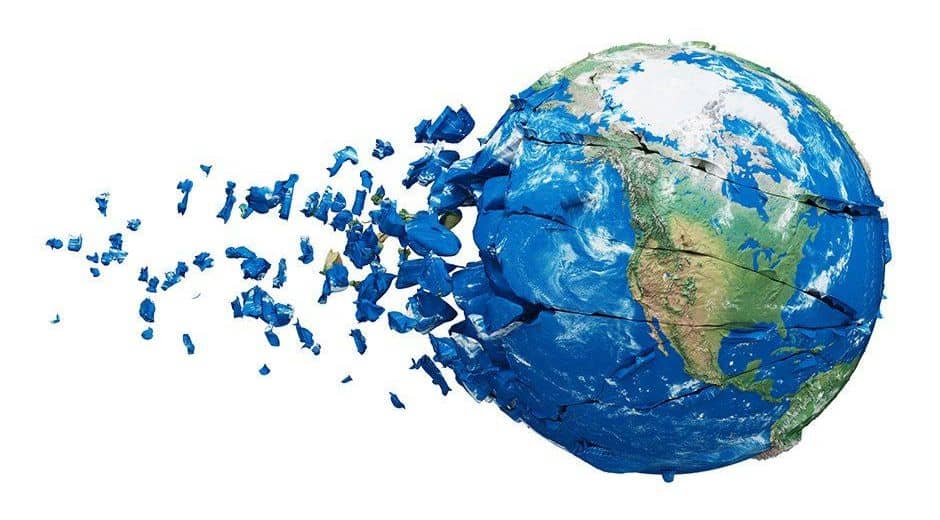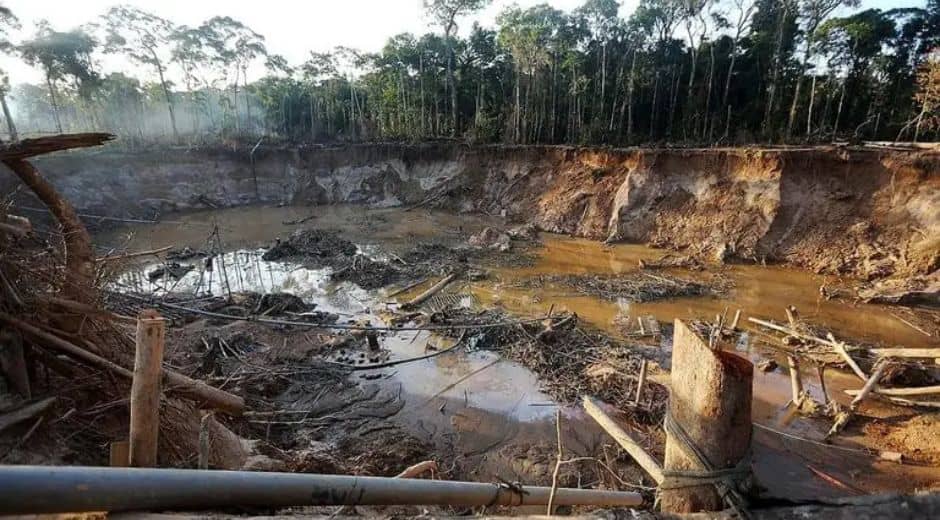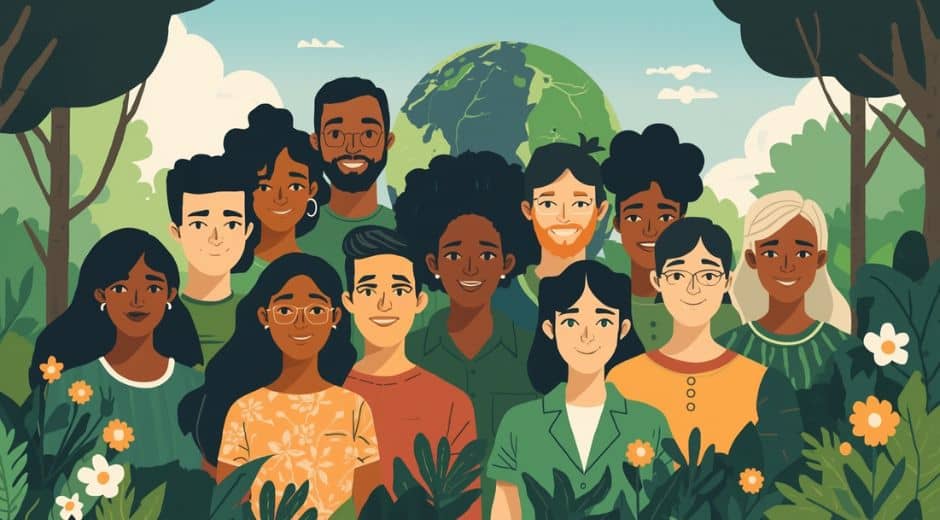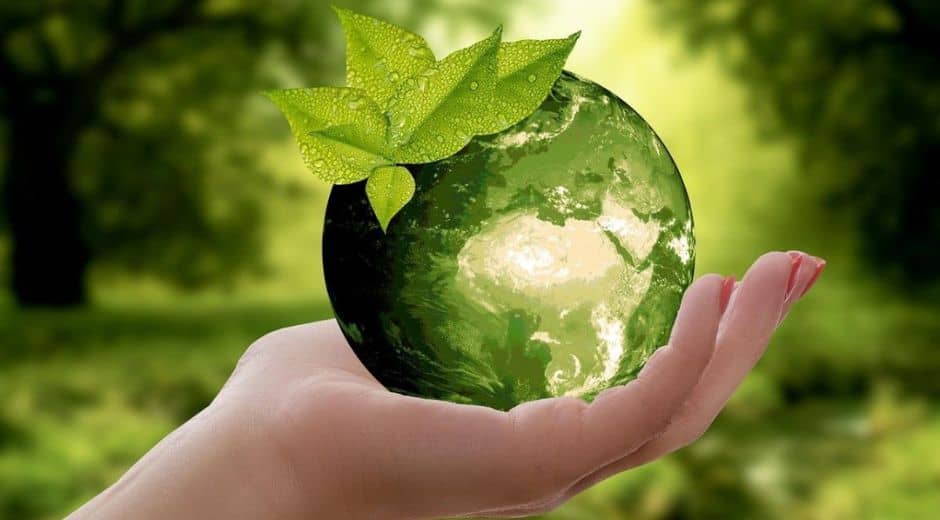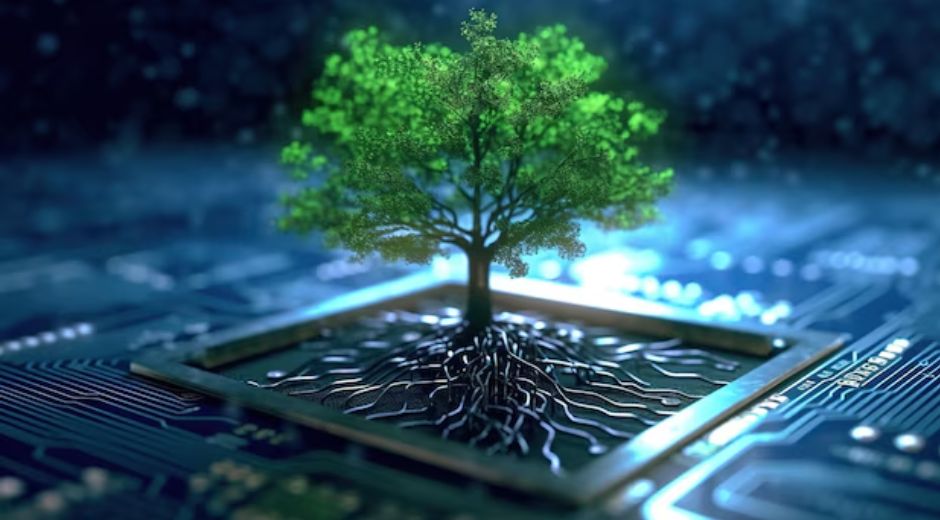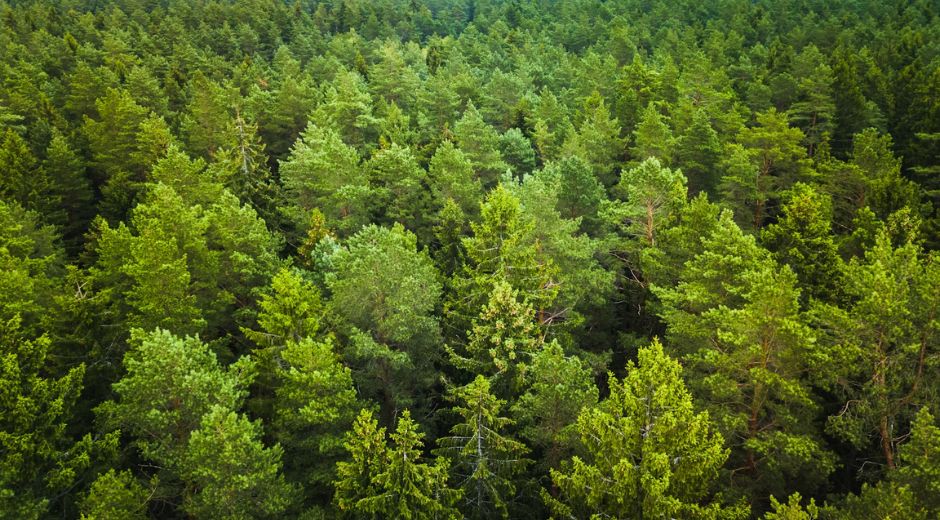Earth at Risk: 7 Conservation Mistakes to Avoid
Earth at Risk: 7 Conservation Mistakes to Avoid
Earth at Risk. These three words are more than just a warning—they are a call to action. Around the world, ecosystems are collapsing, species are vanishing, and climate change is intensifying. Yet, despite decades of scientific warnings and global summits, humanity continues to repeat conservation mistakes that put our planet in jeopardy. Understanding these errors is crucial if we want to prevent a future where Earth is no longer able to sustain life as we know it.
Here are 7 conservation mistakes to avoid, each one a lesson on why Earth is at risk and what we can do to protect it.
1. Ignoring Early Environmental Warnings
One of the most common mistakes is ignoring early warnings. Scientists have long documented declining wildlife populations, rising global temperatures, and deforestation. Yet, governments and corporations often dismiss these findings, prioritizing economic growth over environmental health. Every time we ignore these warnings, Earth at Risk of crossing thresholds that may become irreversible. The lesson is clear: listening to scientific advice is not optional—it is essential.
2. Prioritizing Short-Term Profits Over Sustainability
Economic gain often takes precedence over environmental responsibility. Logging forests, overfishing oceans, and exploiting fossil fuels may bring immediate profit, but they leave a long-term scar on ecosystems. When short-term gain drives decisions, the health of our planet is compromised, and Earth at Risk. Sustainable practices may require more effort or investment, but they are critical for the survival of future generations.
3. Overlooking Biodiversity’s Importance
Every species plays a role in maintaining the balance of nature. Yet, human activities continue to decimate habitats and eliminate species. Loss of biodiversity weakens ecosystems, making them less resilient to climate change and other disruptions. Earth at Risk when we underestimate the intricate connections that bind all life. Protecting biodiversity is not just about saving animals and plants—it’s about ensuring a functional, thriving planet.
4. Neglecting Local Communities
Conservation efforts often fail when local communities are excluded from decision-making. Indigenous peoples and residents living close to forests, rivers, and oceans possess invaluable knowledge about the ecosystems around them. Ignoring their insights and needs leads to ineffective programs and, in many cases, worsens environmental degradation. Earth at Risk when conservation becomes a top-down approach rather than a collaborative effort. Engaging communities creates solutions that are both sustainable and respectful of cultural traditions.
5. Fragmented and Weak Policies
Laws and regulations exist to protect nature, but they are often fragmented, inconsistent, or poorly enforced. Protected areas may be established on paper, yet illegal logging, poaching, and mining continue unchecked. Earth at Risk when policies are not coordinated, leaving gaps that harm habitats and wildlife. Strong, well-enforced, and integrated environmental policies are vital to ensure long-term protection for the planet.
6. Overreliance on Technology Instead of Ecosystem Preservation
While technology can aid conservation—through satellite monitoring, captive breeding, or artificial reefs—it is not a replacement for preserving natural ecosystems. Earth at Risk when humans rely solely on technological fixes, assuming they can repair all the damage done. Protecting forests, wetlands, and oceans directly is far more effective than relying on stopgap measures. Technology should complement, not replace, real conservation work.
7. Delaying Action
Perhaps the most dangerous mistake of all is procrastination. Climate change, deforestation, ocean acidification, and species loss are accelerating. Every year that we delay meaningful action increases the cost and complexity of solutions. Earth at Risk when action is postponed, as some damage may become permanent or irreversible. Immediate, coordinated, and decisive measures are necessary to preserve our planet for future generations.
Conclusion
The repeated mistakes outlined above show why Earth at Risk today. Ignoring warnings, prioritizing short-term profit, undervaluing biodiversity, excluding communities, weak policies, overreliance on technology, and delayed action all contribute to a future where the planet may no longer support life as we know it.
Yet, the message is not hopeless. Understanding these mistakes provides us with a roadmap to do better. By listening to science, embracing sustainability, protecting biodiversity, involving local communities, enforcing strong policies, using technology wisely, and acting now, we can reduce the risk and safeguard Earth for generations to come.
Every action counts. Individual efforts—like reducing waste, planting trees, conserving water, and supporting ethical businesses—combined with global initiatives, can make a real difference. For more practical tips on making a positive impact in daily life, check out CoolParentingTips. Earth is at risk, but it is not too late to change course. Each decision we make today shapes the world of tomorrow, and learning from past mistakes is the first step toward a thriving planet.
Learn more about how you can help protect our planet and prevent further damage at BioNatureVista. Earth is at risk, but together, we can make a difference.
Nature Inspires Every Step

How Tundra Wildlife Survives Extreme Arctic Conditions
How Tundra Wildlife Survives Extreme Arctic Conditions

Life Above the Trees: Exploring the Rainforest Canopy
Life Above the Trees: Exploring the Rainforest Canopy
